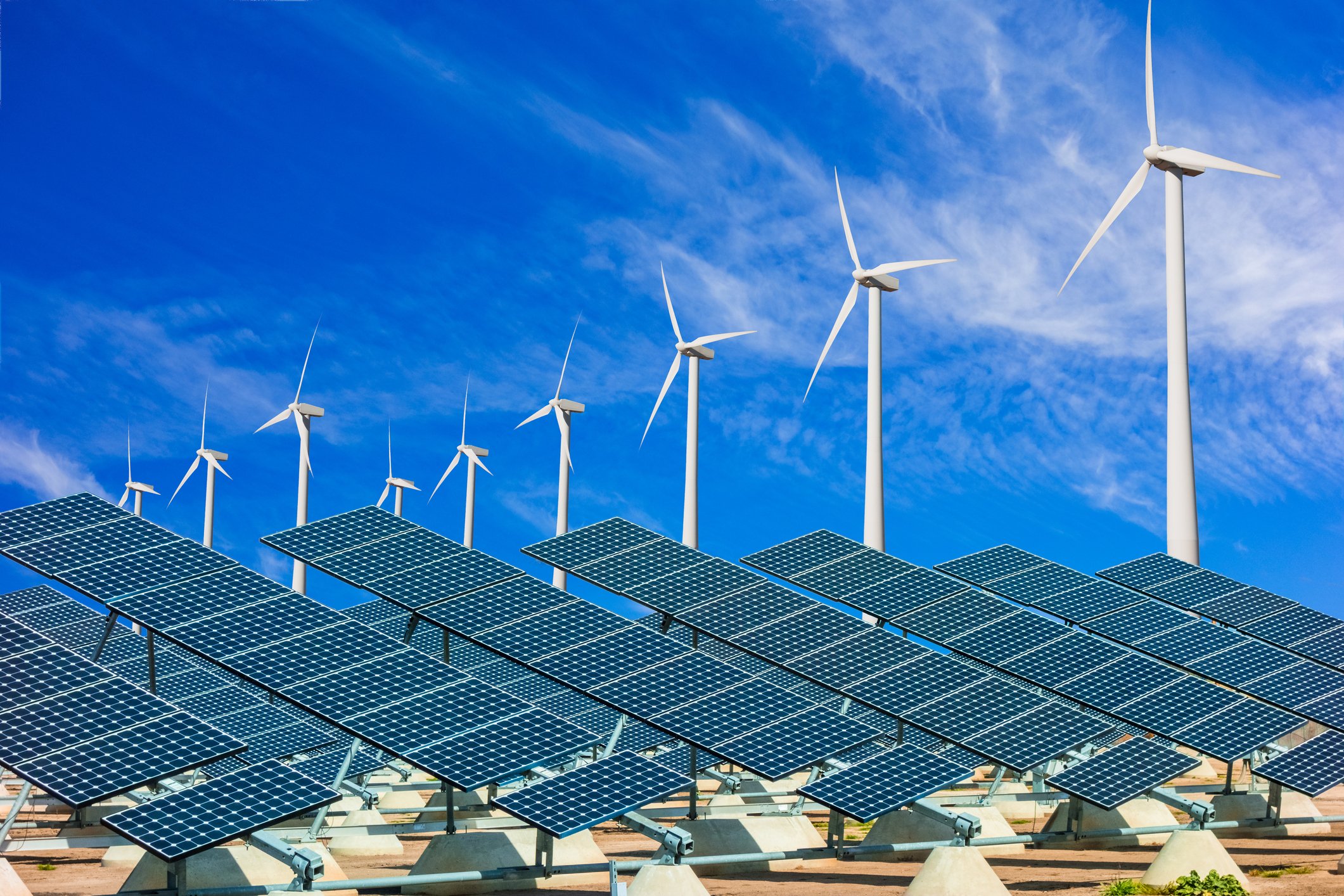
Source: SolarCity
"Without a doubt, 2013 will go down as a record-shattering year for the U.S. solar industry," says Rhone Resch, President and CEO of the Solar Energy Industries Association, or SEIA). Rhone has reason to be optimistic – solar is smashing records, and solar stocks have been soaring. Here's what you need to know.
Here Comes the Sun
The SEIA released its Q3 2013 U.S. Solar Markets Insight report this week, and solar is soaring. The U.S. installed 930 MW of solar capacity in the past quarter, the second largest in our nation's history. Solar's reach is spreading, too. While overall capacity is on the rise, Q3 saw a record number of residential installations .
In the words of Rhone Resch, the U.S. has "now joined Germany, China, and Japan as worldwide leaders when it comes to the installation of new solar capacity." The SEIA predicts that 2013 will be the first time in over 15 years that our nation's solar installations exceed those of green Germany .
Who's Installing?
In Q3, residential photovoltaic (PV) installations increased 45% year-over-year , and SEIA expects over 400,000 individual solar projects to be whirring away by the end of the year . The report lists "increasingly attractive economics" and "fair net metering policies" as two of the biggest pushes behind production . This report should come as no surprise to SolarCity (SCTY +0.00%) CEO Lyndon Reave, who has been increasingly eying expansion opportunities. SolarCity purchased Paramount Solar in August for $120 million, and Reave recently revealed that he expects SolarCity to install a whopping 1 million rooftop projects over the next five years – more than two times the current total.
Solar isn't for everybody, and California's installation is more or less equal to the next nine biggest solar-producing states. While residential installations accounted for around 100 MW, commercial and utility are responsible for the vast majority of installations. The shiny state is gobbling up solar, from Duke Energy's (DUK 0.07%) new 4.5 MW urban San Francisco solar farm to NextEra Energy's (NEE +1.54%) $1 billion 750 MW Riverside County facility . Duke Energy's facility allows San Fran to keep its energy local with no transmission costs or energy losses, while NextEra Energy's farm will produce enough electricity to power approximately 264,000 homes.
Dropping Costs
We may be in line to beat Germany, but many investors are more worried than ever about a so-called "solar bubble." Thankfully, dropping costs point to less price pressure and sustainable production. According to this latest report, the average price of a solar panel is down a whopping 60% since the start of 2011, and the average overall cost of a PV system has declined 16% over the past year to $3.00 per Watt .
A new report by Lux Research even predicts that solar will be cost-competitive with cheap natural gas by 2025 . As rising demand keeps solar farms pumping out power at full capacity, SunPower (SPWR +0.00%) is aggressively pursuing more production potential. The company announced last month that it will increase its cell and module manufacturing capacity by a whopping 25%. While U.S. solar is soaring, SunPower will strategically produce panels -- up to 350 MW equivalent a year -- in a new Philippines factory to keep costs low. By 2015, SunPower's total annual cell capacity will clock in at 1,800 MW .
Solar: Here To Stay?
U.S. solar continues to expand at record-breaking rates. But our parity with Germany is due in no small part to disappearing subsidies in cash-strapped Europe . The renewable energy is still a far cry from cost parity – but as production continues to ramp up and costs are cut, solar bulls have more reason than ever to look on the bright side.
2014 Might benefit more than just solar companies







